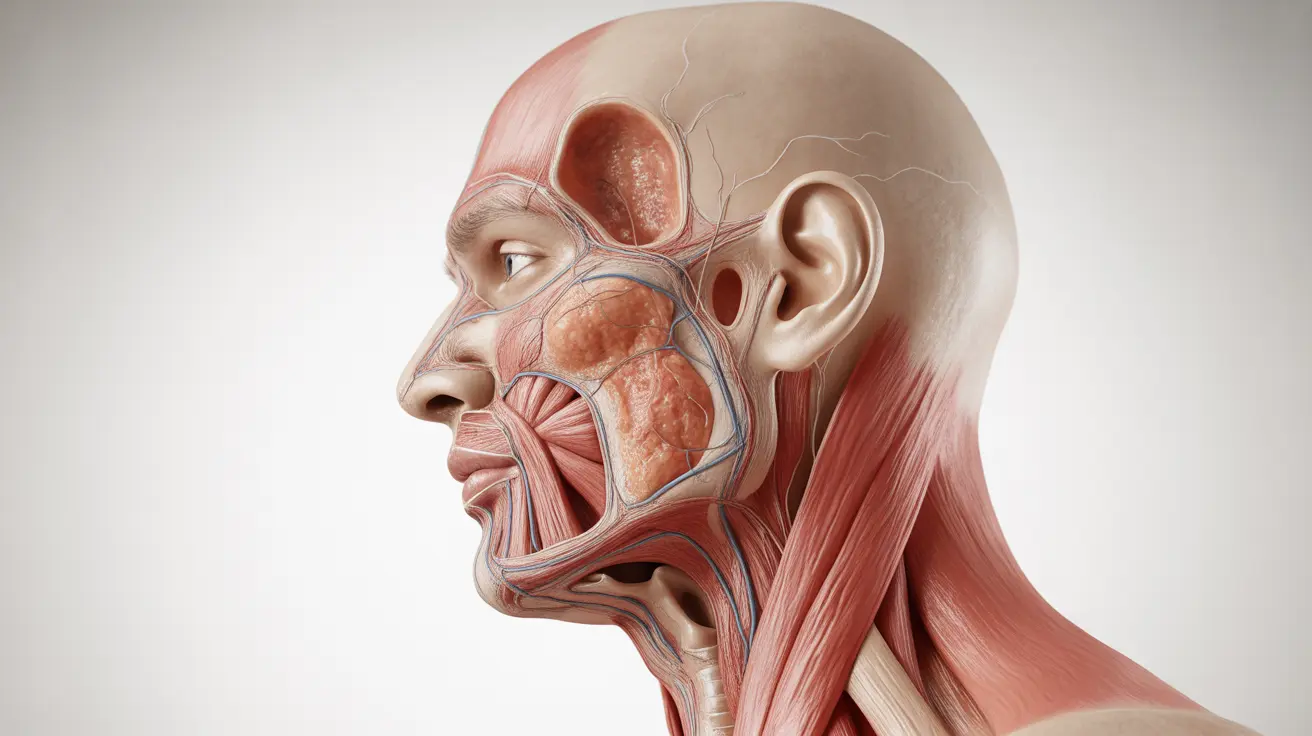Autogenic training is a powerful self-relaxation technique that enables individuals to achieve deep mental and physical relaxation through a series of mental exercises. Developed by German psychiatrist Johannes Heinrich Schultz in the early 20th century, this method combines elements of self-hypnosis and meditation to help practitioners gain control over their autonomic nervous system.
This evidence-based relaxation technique has gained recognition worldwide for its effectiveness in managing stress, anxiety, and various physical conditions. By learning to influence bodily functions that typically operate automatically, practitioners can achieve a state of profound relaxation and improved well-being.
Understanding Autogenic Training
Autogenic training works by helping individuals achieve a state of physical and mental relaxation through six standard exercises focusing on different bodily sensations. These exercises involve concentrated attention on specific physical sensations, such as heaviness in the limbs, warmth throughout the body, and regular breathing patterns.
The technique operates on the principle that mental focus can influence physical responses, helping to activate the body's natural relaxation response and counteract the effects of stress.
The Six Standard Exercises
1. Heaviness Exercise
The first step focuses on creating a sensation of heaviness in your arms and legs. This exercise helps release muscle tension and promotes physical relaxation.
2. Warmth Exercise
This phase involves generating feelings of warmth throughout your body, particularly in your limbs. This helps improve circulation and deepen relaxation.
3. Cardiac Regulation
The third exercise concentrates on maintaining awareness of your heartbeat, promoting a calm and steady heart rhythm.
4. Breathing Awareness
This step involves focusing on your natural breathing pattern, helping to establish a relaxed and regular breathing rhythm.
5. Solar Plexus Warmth
The fifth exercise directs attention to creating a warm sensation in your abdominal area, promoting digestive comfort and deeper relaxation.
6. Cool Forehead
The final standard exercise focuses on maintaining a pleasant cooling sensation in your forehead, which can help alleviate tension headaches and promote mental clarity.
Getting Started with Autogenic Training
To begin practicing autogenic training, it's recommended to:
- Find a quiet, comfortable space
- Wear loose, comfortable clothing
- Choose a comfortable position (sitting or lying down)
- Set aside 15-20 minutes for practice
- Start with guided sessions or professional instruction
- Practice regularly, ideally twice daily
Benefits and Applications
Regular practice of autogenic training has been associated with numerous health benefits, including:
- Reduced stress and anxiety levels
- Improved sleep quality
- Better management of chronic pain
- Enhanced focus and concentration
- Lowered blood pressure
- Improved immune system function
- Better emotional regulation
Frequently Asked Questions
What is autogenic training and how does it help reduce stress and anxiety?
Autogenic training is a systematic relaxation technique that teaches your body to respond to verbal commands of relaxation and peace. It helps reduce stress and anxiety by activating the parasympathetic nervous system, lowering stress hormones, and creating a deep state of physical and mental relaxation.
How do I practice autogenic training, and how long should each session last?
Each autogenic training session should last 15-20 minutes and involve progressing through the six standard exercises. Begin in a comfortable position, and focus on each exercise for about 2-3 minutes. Practice twice daily for optimal results, ideally in the morning and evening.
What are the mental and physical health benefits of autogenic training?
Autogenic training offers numerous benefits, including reduced anxiety and stress, improved sleep quality, better blood pressure control, enhanced concentration, reduced muscle tension, and improved overall emotional well-being. Regular practice can also help manage chronic pain and improve immune system function.
Is autogenic training safe for everyone, and are there any risks or side effects?
While autogenic training is generally safe, some people may experience initial discomfort or anxiety. Those with severe mental health conditions or certain physical health issues should consult a healthcare provider before starting. Some individuals might experience temporary light-headedness or unusual body sensations during initial practice.
How does autogenic training compare to meditation for relaxation and stress management?
While both techniques promote relaxation, autogenic training is more structured than traditional meditation, focusing specifically on physical sensations and verbal commands. Autogenic training may be easier for beginners to learn due to its systematic approach, while meditation often requires more practice to master mental focus and awareness.




